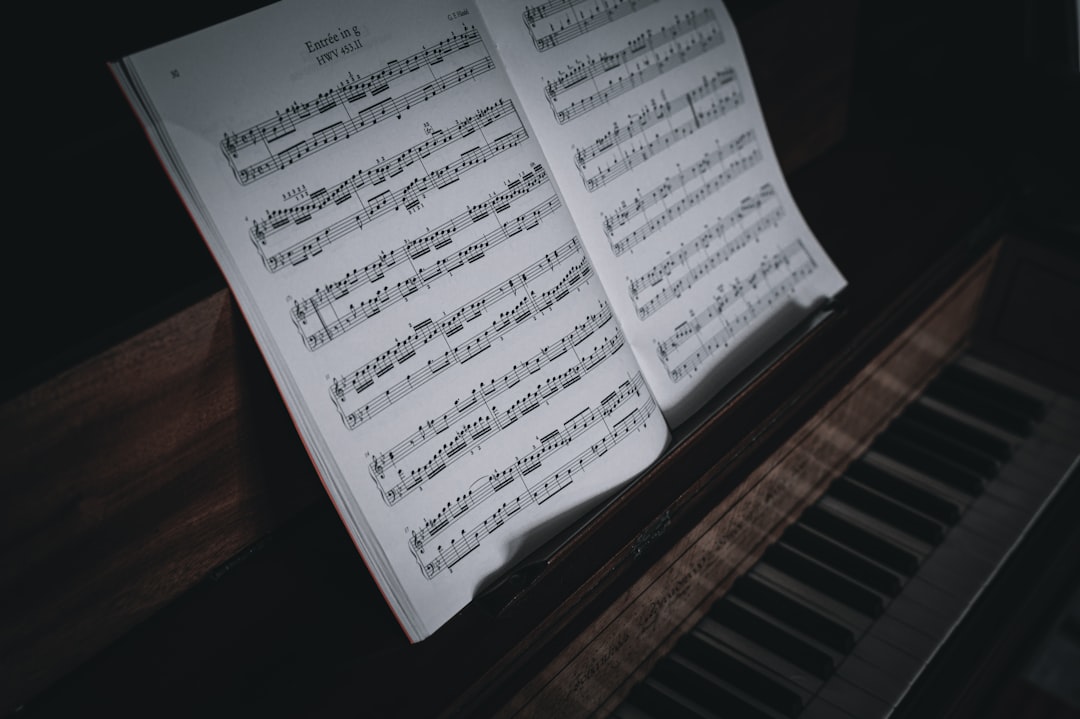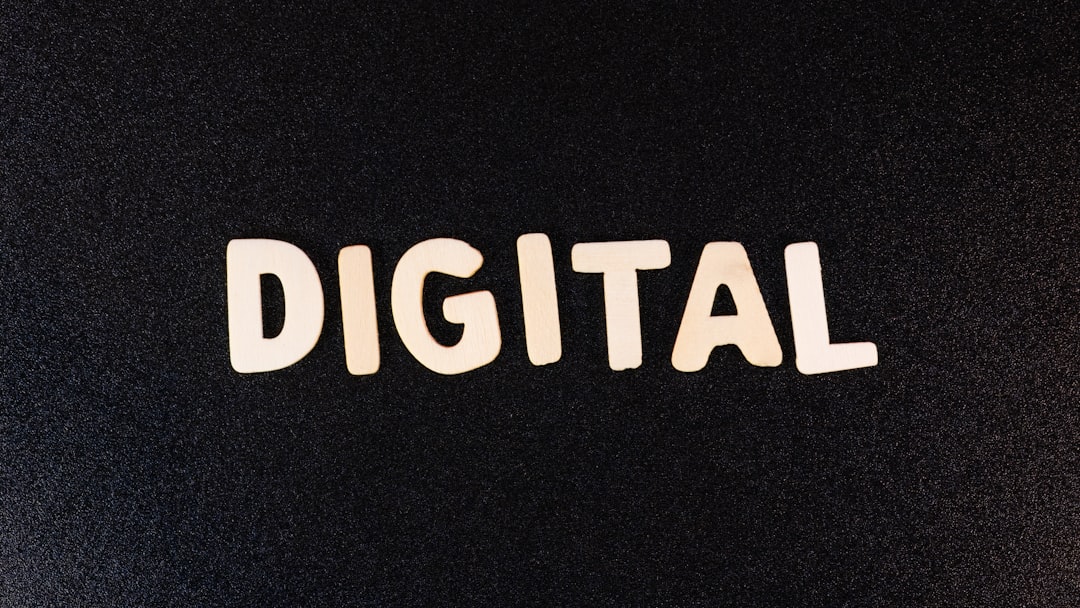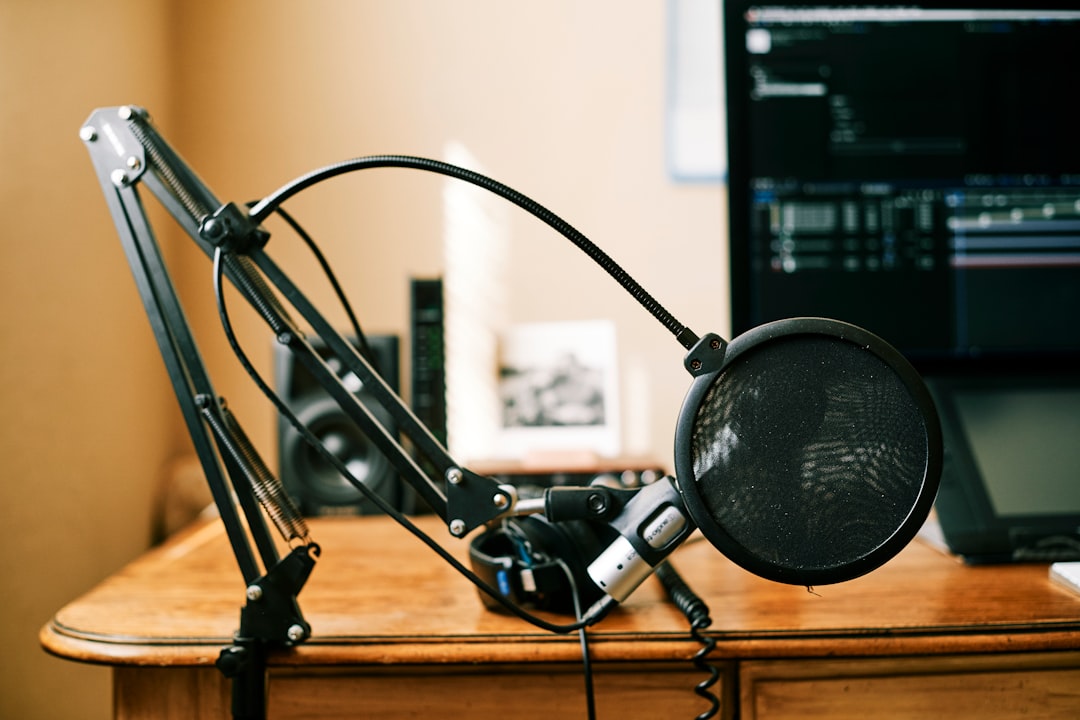How I Use Background Music to Enhance My Focus While Working.
How I Use Background Music to Enhance My Focus While Working
In our increasingly noisy world, finding a quiet sanctuary for deep work can feel like a mythical quest. Whether it’s the hum of household appliances, the chatter of colleagues, or the endless pings from digital devices, distractions are a constant threat to our concentration. For years, I struggled with this very challenge, often feeling like my brain was a browser with too many tabs open. Then, I discovered a powerful, yet often underestimated, tool: background music. Not just any music, mind you, but a carefully curated auditory landscape designed to sculpt an invisible bubble of focus around my workspace. This isn’t about simply having noise in the background; it’s a deliberate, strategic practice that has fundamentally transformed my productivity and the quality of my work. Let me share exactly how I’ve integrated this into my daily routine to achieve a level of concentration I once thought impossible.
My Personal Symphony: Why Background Music Became My Focus Ally
My journey into using background music for focus wasn’t an overnight revelation; it was a gradual evolution born out of necessity. I used to work in an open-plan office, a vibrant but often chaotic environment. The constant ebb and flow of conversations, phone calls, and keyboard clatter made it incredibly difficult to dive deep into complex tasks. I tried everything from earplugs to simply “toughing it out,” but my attention span remained fractured. That’s when I started experimenting with headphones and music.
Initially, I just put on whatever was popular, hoping it would drown out the noise. What I found, however, was that familiar songs with lyrics often became a distraction themselves. My brain would start singing along, analyzing the lyrics, or recalling memories associated with the tune. This wasn’t enhancing my focus; it was merely replacing one distraction with another. It was a pivotal moment when I realized the goal wasn’t just to block noise, but to create an environment that actively supported cognitive function without demanding attention.
The turning point came with instrumental music. Suddenly, the external world faded, replaced by a subtle, consistent soundscape that allowed my thoughts to flow more freely. It wasn’t just about noise cancellation; it was about creating a consistent, predictable auditory input that allowed my brain to settle into a rhythm. This consistent input helped me achieve what psychologists call a “flow state” – that deeply immersive, hyper-focused condition where time seems to melt away, and you’re completely absorbed in the task at hand. For me, background music became the invisible architect of this mental state, a reliable trigger that signaled to my brain: “It’s time to focus.”
Crafting My Auditory Bubble: The Art of Music Selection for Deep Work
Choosing the right background music is far from arbitrary; it’s an art, and for me, it’s a crucial step in building my “auditory bubble.” My selection process is highly intentional, focusing on specific characteristics that support sustained concentration rather than entertainment. The primary rule I follow is: the music should be heard but not listened to.
This means a few key things. First and foremost, lyrics are almost always a no-go for me. Vocal tracks, even in languages I don’t understand, tend to engage the language processing centers of my brain, diverting precious cognitive resources away from my work. There are rare exceptions, like certain ethereal choral pieces that sound more like atmospheric texture than discernible words, but these are few and far between. My brain seems hardwired to try and make sense of human voices, so avoiding them is paramount.

Secondly, I look for music that is instrumental, often repetitive, but not monotonous. The ideal piece of background music for me has a consistent rhythm or theme that allows my brain to latch onto it as a backdrop, rather than a foreground element. Think of it like the subtle hum of a well-tuned engine – it’s there, it’s consistent, and it helps the machine run, but you’re not actively thinking about the engine itself. Complex melodies or sudden changes in tempo can be jarring and pull me out of my focused state, so I favor compositions with a predictable flow.
Thirdly, the music needs to be emotionally neutral or subtly uplifting. Music that evokes strong emotions, whether joy or melancholy, can be incredibly distracting. My goal is to create a calm, stable mental environment, so I gravitate towards sounds that are soothing, ambient, or subtly energizing without being overly stimulating. This “Goldilocks zone” is essential: not too exciting to distract, not too dull to bore.
Beyond Lo-Fi: My Go-To Genres for Different Cognitive Demands
While “lo-fi beats to study/relax to” have become a popular shorthand for focus music, my personal playlist is far more diverse and tailored to the specific cognitive demands of different tasks. I’ve found that one size definitely does not fit all when it comes to optimizing my brain for various types of work.
For Repetitive & Routine Tasks: Ambient & Instrumental Jazz
When I’m tackling tasks that require sustained but not intense cognitive effort – like data entry, responding to routine emails, or organizing files – I often turn to ambient soundscapes or instrumental jazz. The gentle, unobtrusive nature of ambient music creates a continuous sonic fabric that helps mask environmental noise without demanding my attention. Artists like Brian Eno or specific ambient playlists on streaming services are perfect. Instrumental jazz, particularly smooth or cool jazz, provides a subtle rhythmic backdrop that adds a touch of sophistication without being distracting. The improvisational nature keeps it interesting enough to prevent boredom, but the lack of lyrics keeps my language centers free.
For Creative & Brainstorming Sessions: Classical & Cinematic Scores
When I need to tap into my creative wellspring, whether for brainstorming new ideas, writing blog posts like this one, or designing concepts, I often reach for classical music, particularly Baroque composers like Bach or Vivaldi, or certain minimalist composers like Philip Glass. The structured complexity of classical music, especially its intricate patterns and harmonies, seems to stimulate my brain in a way that encourages divergent thinking. Similarly, instrumental cinematic soundtracks, especially those designed to build atmosphere or tension without being overtly dramatic, can transport me into a focused narrative space, fueling my imagination. Think of soundtracks from nature documentaries or thoughtful dramas rather than action movies.




Post Comment